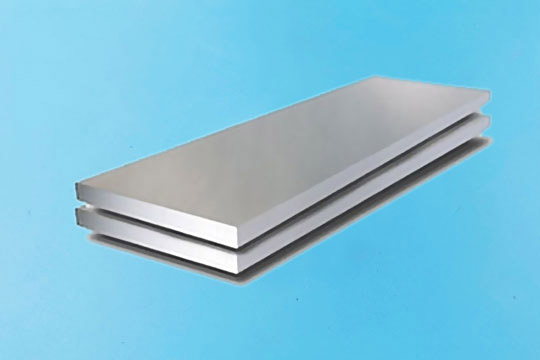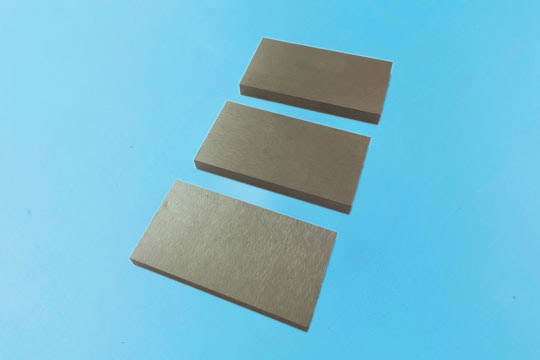Tantalum Plate
Tantalum plates are used in a wide range of industries. In each of these applications, the tantalum has certain properties that are more critical than others. That is why it is essential to work with an experienced and reputable tantalum supplier who can understand your application. Our team has well over 10 years of experience working with tantalum in applications ranging from missile parts to microchips. Because of this experience, we have developed unique production processes to control certain properties such as mechanical properties, grain size, texture, and even chemistry.
Tantalum Plate, Tantalum Tungsten Alloy Plate (Ta-2.5W, Ta-10W)
Grade: RO5200, RO5400, RO5252(Ta-2.5W), RO5255(Ta-10W)
Standard: ASTM B708
Purity: Ta >99.95% or >99.99%
Tantalum Plate Applications
Tantalum plate is used in chemical process equipment, cathodic protection systems for steel structures such as bridges, water tanks, prosthetic devices for humans such as hips, plates in the skull, suture clips, corrosion-resistant fasteners, screws, nuts, bolts, high-temperature furnace parts, and high-temperature alloys (Ta10W alloy) for air, and land-based turbines (e.g., jet engines).
Tantalum Plate Specifications
|
Grade |
Ta2O5-1 |
Ta2O5-2 |
Ta2O5-3 |
|
Ta2O5 (metal basis) |
>99.9% |
>99.99% |
>99.999% |
|
F.S.S.S |
0.5~2um |
1~3um |
1~3um |
|
Impurities |
Nb |
<0.005% |
<10ppm |
<2ppm |
|
Fe |
<0.005% |
<10ppm |
<3ppm |
|
Si |
<0.002% |
<10ppm |
<3ppm |
|
Ti |
<0.002% |
<3ppm |
<1ppm |
|
Ni |
<0.002% |
<3ppm |
<1ppm |
|
W |
<0.003% |
<5ppm |
<2ppm |
Chemical Composition of Tantalum Plate
|
Element |
R05200 (%,Max) |
R05400 (%,Max) |
|
C |
0.01 |
0.01 |
|
O |
0.015 |
0.03 |
|
N |
0.01 |
0.01 |
|
H |
0.0015 |
0.0015 |
|
Fe |
0.01 |
0.01 |
|
Mo |
0.02 |
0.02 |
|
Nb |
0.1 |
0.1 |
|
Ni |
0.01 |
0.01 |
|
Si |
0.005 |
0.005 |
|
Ti |
0.01 |
0.01 |
|
W |
0.05 |
0.05 |
Surface Treatment of Tantalum Plate
The surface can be supplied in a shiny, matte, satin, or as-rolled condition, depends upon thickness and width parameters.
Heat Treatment of Tantalum Plate
Tantalum flat products are rolled and annealed to provide the optimum condition for the desired end-use.

